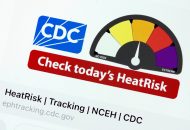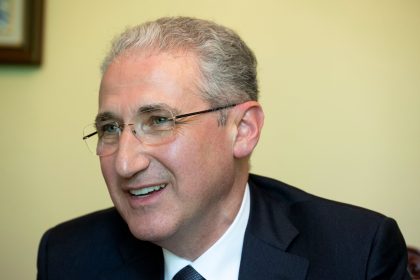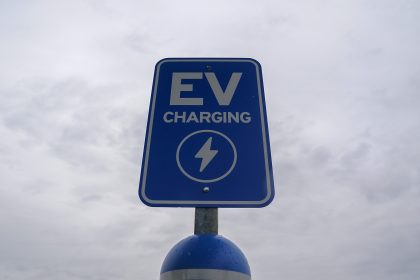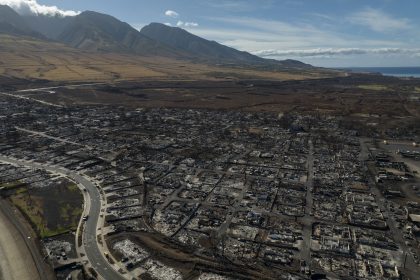EPA Proposes Rules to Ensure Timely Electric Vehicle Transition
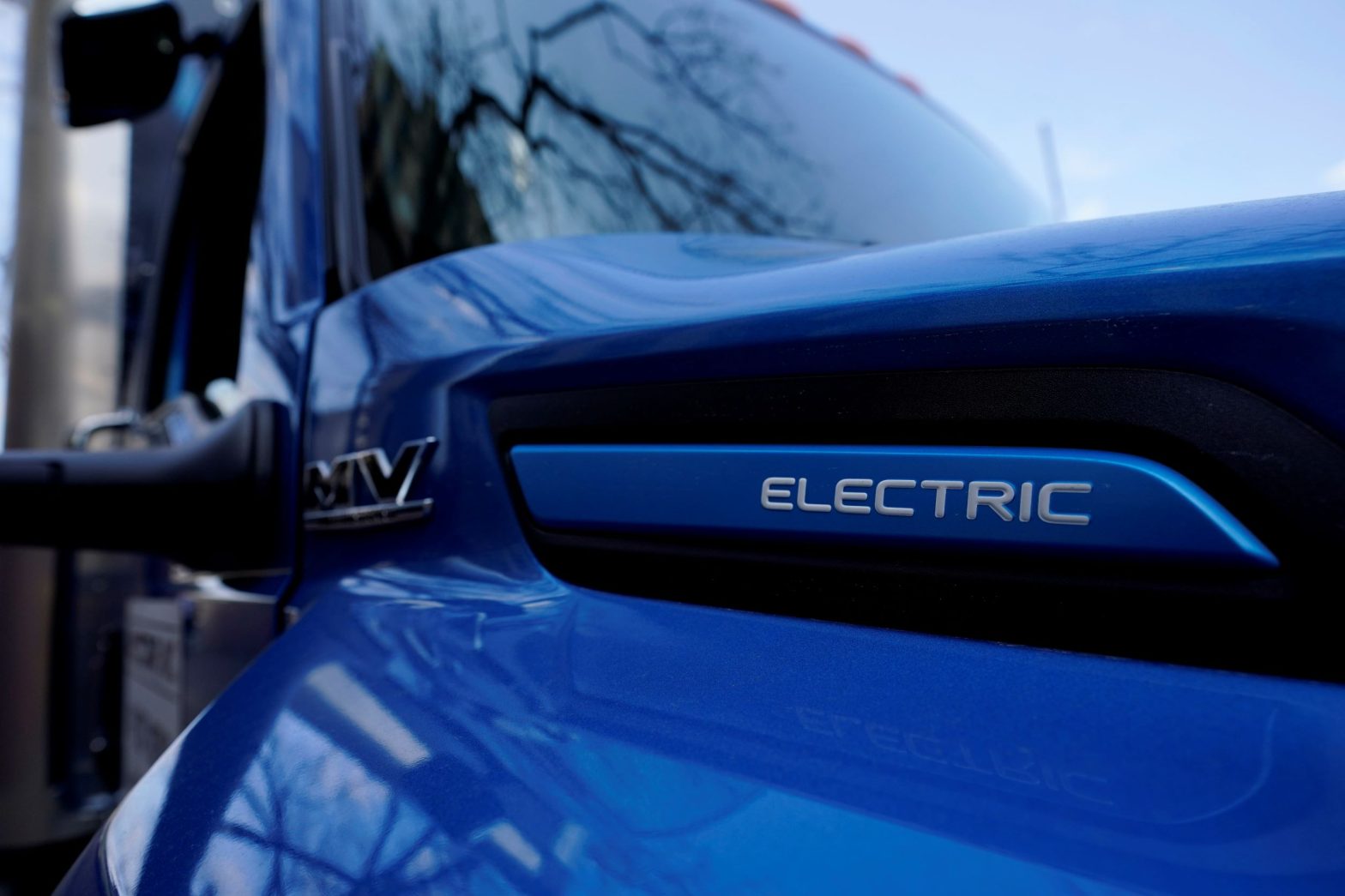
WASHINGTON — The Environmental Protection Agency on Wednesday proposed new vehicle pollution limits intended to ensure that at least two-thirds of new cars and a quarter of new heavy trucks sold in the United States by 2032 are all-electric.
The targets laid out in the two rules — one for cars and the other for trucks — are higher than President Joe Biden announced two years ago when he signed an executive order stating 50% of all new cars sold in America by 2030 should be powered by electricity.
They are an acknowledgement by the administration that the world’s industrialized nations are now unlikely to meet the Paris Accord goal of keeping the mean global temperature rise to just 1.5°C above pre-industrial levels, and that transportation remains the biggest source of carbon dioxide and other emissions linked to climate change.
According to a recent analysis by researchers at Concordia University in Canada, global emissions would need to fall 43% by 2030 for there to be any chance now of meeting that target.
The new rules are the Biden administration’s attempt to meet that challenge. If enacted as proposed, the U.S. would be on the pace of change scientists say is needed by all nations to prevent the most devastating impacts of climate change.
“America is acting with the urgency the climate crisis demands because in every corner of this country, Americans are seeing and feeling the impacts up close,” said EPA Administrator Michael S. Regan in a conference call with reporters Tuesday night.
“The stakes could not be higher. We must continue to act with haste and ambition to confront the climate crisis, and to leave all our children, like my nine-year-old son Matthew, a healthier and safer world,” he said.
But that won’t be easy. As of last year, all-electric vehicles represented just 5.6% of all new car sales in the U.S., and fewer than 2% of new heavy trucks sold, according to Experian data cited by Automotive News.
However, there is reason for optimism. Thanks to the Inflation Reduction Act, which Biden signed into law last year, the federal government is currently providing $7,500 in tax incentives for buyers of electric vehicles.
As a result, there were 765,534 new electric vehicle registrations in 2022; a number up 57% from the previous year.
In addition, the act provides billions of dollars to support the transition to all-electric vehicles, fostering everything from battery production in the United States to the stepped-up mining and processing of lithium and other minerals needed for battery cells and electric motors.
“The new rules build on the president’s ‘Investing in America’ agenda,” Regan said. “Together these actions will accelerate the ongoing transition to a clean vehicles future, tackle the climate crisis, and improve the air quality in communities across the country.
“The proposals retain the proven regulatory design of previous EPA standards for light-duty trucks and passenger vehicles, while leveraging advances in clean car technology to further reduce both climate pollution, and smog and soot-forming emissions.
“Together, the proposals are expected to avoid 7.3 billion tons of CO2 emissions through the year 2025,” Regan said. “That’s equivalent to eliminating all greenhouse gas emissions from the entire current U.S. transportation sector for four years.
“Through 2055, we project that the proposed standards would avoid nearly 10 billion tons of CO2 emissions (equivalent to more than twice the total U.S. CO2 emissions in 2022),” he added.
“They would also deliver significant health benefits by reducing fine particulate matter that can cause premature death, heart attacks, respiratory and cardiovascular illnesses, aggravated asthma, and decrease lung function,” he said.
Of course, the United States isn’t the only nation moving in this direction. In November, the European Union proposed vehicle emissions standards that are expected to phase out the sale of new gasoline-powered vehicles by 2035.
Since then, Canada and Great Britain have proposed standards similar to those being considered in Europe.
Here in the U.S. the private sector has committed more than $120 billion in domestic EV and battery investments since Biden signed the Inflation Reduction Act into law, according to the EPA.
The agency’s first set of proposed standards announced Wednesday, the “Multi-Pollutant Emissions Standards for Model Years 2027 and Later Light-Duty and Medium-Duty Vehicles,” are designed to allow manufacturers to meet the performance-based standards however works best for their vehicle fleets.
EPA projects that for the industry as a whole, the standards are expected to drive widespread use of filters to reduce gasoline particulate matter emissions and spur greater deployment of CO2-reducing technologies for gasoline-powered vehicles.
EPA projects that EVs could account for 67% of new light-duty vehicle sales and 46% of new medium-duty vehicle sales in model year 2032.
The second set of proposed standards, the “Greenhouse Gas Standards for Heavy-Duty Vehicles – Phase 3,” would apply to heavy-duty vocational vehicles (such as delivery trucks, refuse haulers or dump trucks, public utility trucks, transit, shuttle, school buses) and tractor-trailers typically used to haul freight.
These standards would complement the criteria pollutant standards for model year 2027 and beyond heavy-duty vehicles that EPA finalized in December 2022 and represent the third phase of EPA’s Clean Trucks Plan.
These so-called “Phase 3” greenhouse gas standards maintain the flexible structure that EPA previously designed through a robust stakeholder engagement process to reflect the diverse nature of the heavy-duty industry, the agency said.
Like the light- and medium-duty proposal, the heavy-duty proposal uses performance-based standards that enable manufacturers to achieve compliance efficiently based on the composition of their fleets.
“As we work to finalize the standards, we’re committed to moving forward collaboratively with stakeholders as we’ve done from day one,” Regan said.
“Since I became EPA administrator, I’ve made it clear that engagement is key to achieving our collective goals. So this proposal kicks off a process that gives EPA the ability to work hand in hand with labor, auto industry leaders and environmental groups to usher in a new generation of clean and electric vehicles. We’re going to envision and innovate and achieve this future together. It is well within our grasp. Make no mistake about it.”
In a statement provided to The Well News the automobile giant General Motors said it “supports economy-wide efforts to address climate change including a drive towards an all-electric future and improving the efficiency of our fleet.”
“GM Complementary policies like permitting reform and support for domestic investments in manufacturing, supply chain and charging infrastructure are needed to help accelerate investments and adoption,” the statement continued.
“We will review the proposal and provide comments as appropriate; and encourage coordination between the Environmental Protection Agency and the Department of Transportation,” it said.
Dan can be reached at [email protected] and at https://twitter.com/DanMcCue













